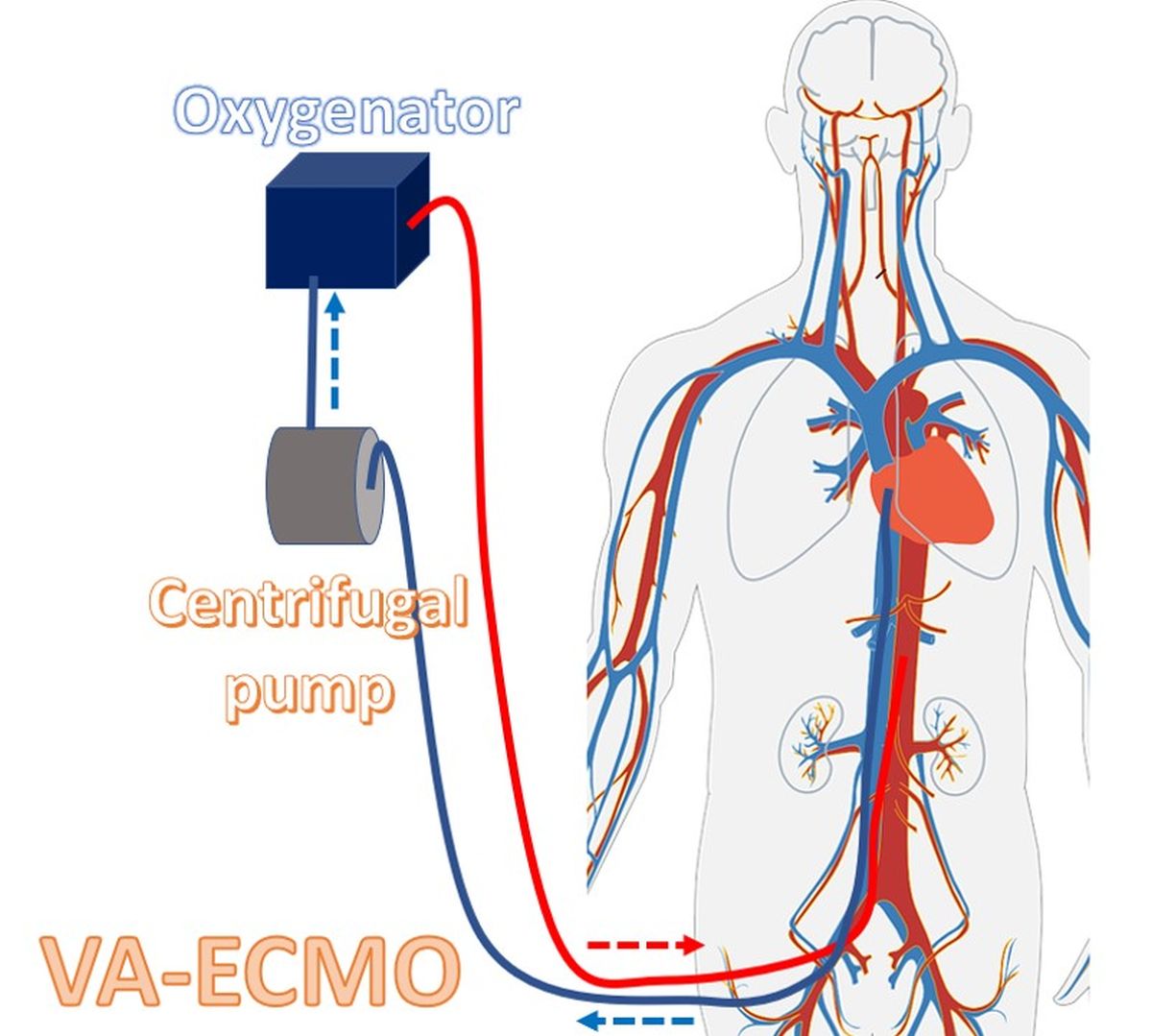Arterial switch operation (Jatene procedure)
Arterial switch operation (Jatene procedure)
Arterial switch operation is the ideal corrective surgery for dextro transposition of great arteries (D-TGA). It was described by Jatene and colleagues in 1976 [1]. The initial report had two patients, aged 3 months and 40 days. First baby developed renal failure and succumbed on third post operative day while the second patient survived. Both were operated upon with deep hypothermia and total circulatory arrest. The two coronary arteries with a piece of aortic wall attached, were transposed to the pulmonary artery. Aortic openings were closed with a patch. Aorta and pulmonary artery were transected, contraposed and anastomosed. The ventricular septal defect was closed with a patch.
Though the initial case of arterial switch was done at 3 months of age, that is not the recommended age group for arterial switch operation. It has to be done as early as possible to prevent regression of the morphological left ventricular muscle mass. In D-TGA, as the morphological left ventricle faces the pulmonary circulation, the muscle mass regresses after birth when the pulmonary vascular resistance falls. If a long period elapses after birth, regression of morphological left ventricle makes it unable to face the systemic vascular resistance after arterial switch. If there is a left ventricular outflow obstruction (subpulmonic obstruction), a longer time window may be available because the morphological left ventricle does not regress.
There are a few long term issues after an arterial switch operation. Because of the LeCompte maneuver (pulmonary root translocation), there may be a propensity for development of pulmonary artery stenosis. This has been tackled with balloon angioplasty and stenting. The procedure carries a potential risk of aortopulmonary fistula and coronary compression. Evaluation of coronary arteries prior to pulmonary artery dilatation is mandatory as coronary reimplantation sites may be adjacent to sites of pulmonary artery stenosis. Potential risks of stent fracture and possible aortopulmonary fistula during stent redilatation should also be considered. Primary use of reinforced covered stents has been suggested [2].
Other problems reported are aortic root dilatation, aortic regurgitation and coronary artery problems. The differences in cellular and intercellular matrix between the aortic and pulmonary arterial walls and valve could be one reason for aortic dilatation and aortic regurgitation.
A study published in 2019 assessed neo-aortic dimensions and neo-aortic valve regurgitation in 345 patients with TGA who had undergone arterial switch operation between 1977 and 2015. They found that after a rapid increase in the first year after arterial switch operation and proportional growth in childhood, neo-aortic dimensions continue to increase in adulthood without stabilization. There was an increased incidence of aortic regurgitation over time [3].
Though early surgery within the initial few weeks is the recommended one for arterial switch operation, the results of delayed surgery has also been published in 2020. Eleven patients with simple D-TGA and intact interventricular septum had undergone arterial switch beyond 8 weeks, with a mean age of 90.63 days (range 60 – 137 days). Seven patients had undergone Rashkind procedure. All patients had squashed left ventricular shape with preserved function. Sternum was left open in 10 cases. Extracorporeal membrane oxygenation (ECMO) support was necessary in nearly half of the patients. Mechanical ventilation was needed from 1 to 16 days. Post operative left ventricular function was preserved in about 90% of patients. Only one patient had mild myocardial dysfunction at the time of discharge. Authors concluded that primary arterial switch operation can be considered even beyond 8 weeks if mechanical circulatory support and expert cardiac intensive care unit services are available [4].

References
- Jatene AD, Fontes VF, Paulista PP, Souza LC, Neger F, Galantier M, Sousa JE. Anatomic correction of transposition of the great vessels. J Thorac Cardiovasc Surg. 1976 Sep;72(3):364-70. PMID: 957754.
- Lee J, Abdullah Shahbah D, El-Said H, Rios R, Ratnayaka K, Moore J. Pulmonary artery interventions after the arterial switch operation: Unique and significant risks. Congenit Heart Dis. 2019 Mar;14(2):288-296. doi: 10.1111/chd.12726. Epub 2019 Jan 8. PMID: 30620141.
- van der Palen RLF, van der Bom T, Dekker A, Tsonaka R, van Geloven N, Kuipers IM, Konings TC, Rammeloo LAJ, Ten Harkel ADJ, Jongbloed MRM, Koolbergen DR, Mulder BJM, Hazekamp MG, Blom NA. Progression of aortic root dilatation and aortic valve regurgitation after the arterial switch operation. Heart. 2019 Nov;105(22):1732-1740. doi: 10.1136/heartjnl-2019-315157. Epub 2019 Jul 10. PMID: 31292191; PMCID: PMC6855793.
- Daoud Z, Nuri HA, Miette A, Pomè G. Transposition of the great vessels and intact ventricular septum: is there an age limit for the arterial switch? Personal experience and review of the literature. Cardiol Young. 2020 Jul;30(7):1012-1017. doi: 10.1017/S1047951120001456. Epub 2020 Jun 29. PMID: 32594960.


